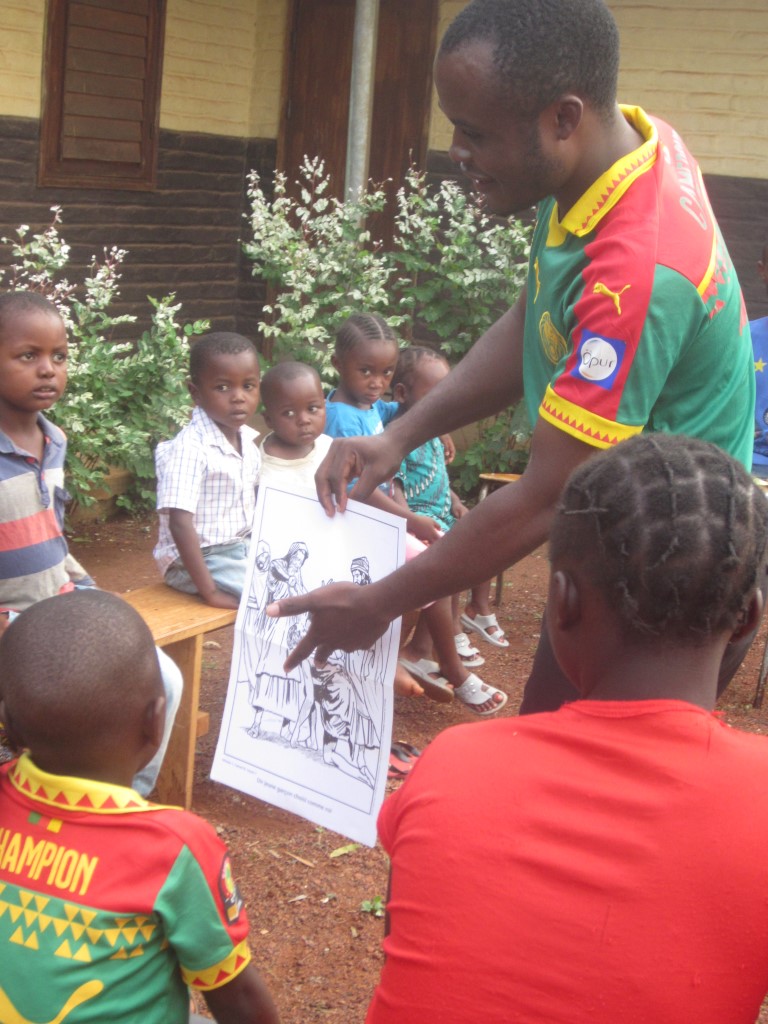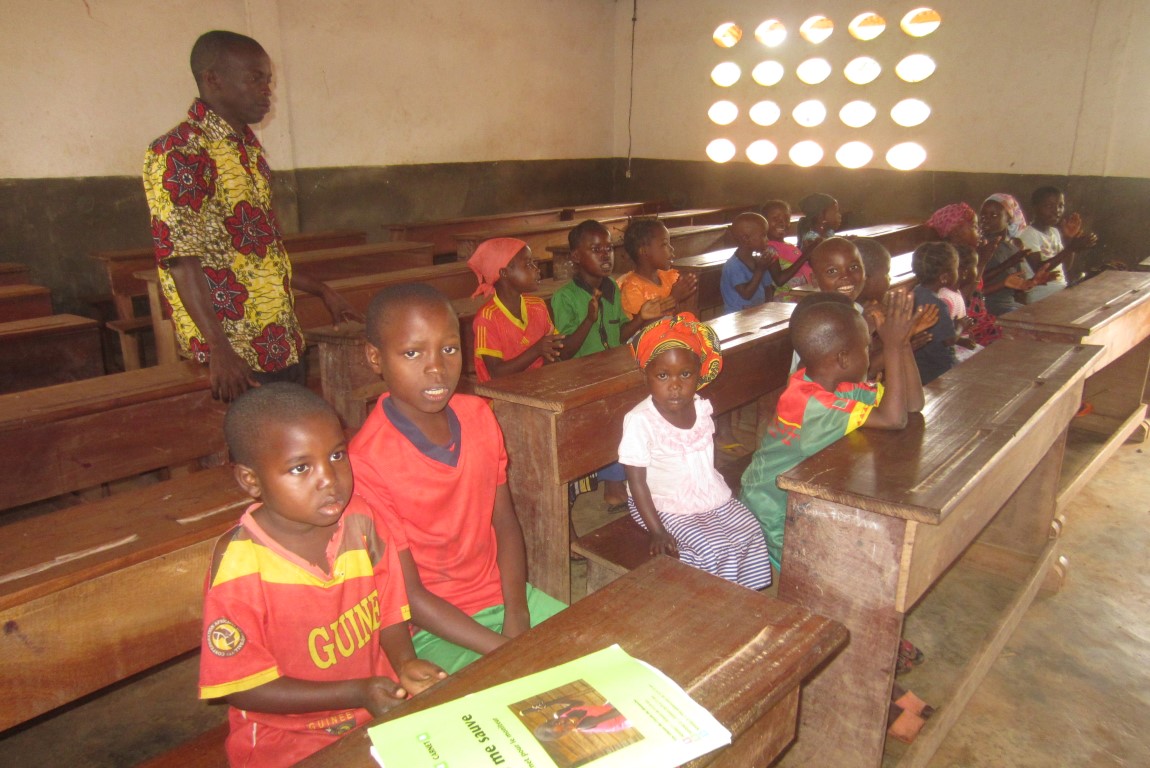From my students’ perspective…
Ann Wester, EFCA-ReachGlobal missionary from the Central African Republic
29.09.2021
1
0

In 2018, I had the privilege of teaching a Christian Education course to the 16 students at the Gamboula Theological School in the Central African Republic. Each student was thrilled to receive one book of Sunday school lessons, plus the teacher’s manual. We read and discussed the teacher’s manual, and as we came to the parts about the introduction to the lesson, the Bible lesson, the application, and so forth, I assigned each student to teach a part of the lesson to the class, instructing the students to choose stories that they didn’t know already. I told the other students that they should interact with the lesson being taught as if they were children in Sunday school.

Josh (names have been changed) presented an introduction to the story of Creation. He showed a child’s shirt, and then he asked the “class” what was needed to make the shirt. After listening to numerous replies (fabric, scissors, needle, thread, buttons…), he said, “Now, I’m going to tell you about Someone who can make something with nothing.”
Frank chose a lesson about the Tabernacle. As he presented the lesson, he got more and more animated, obviously very excited. When he completed his presentation, I asked him why he was so enthusiastic. He replied, “I did not know that all those things in the Temple had meaning!”
After a lesson about the crowds who followed Jesus, Peter took the class outside, and they all followed him around the school building, chanting, “We want to hear some more stories, Jesus.”
Each student brought to class the visual aid suggested in the lesson book… a jar of oil, a bird’s nest, a brick, and so forth. They had no difficulty finding the objects. Showing the drawings to the class for each lesson added interest and clarification about the lifestyle of people in Bible times.
One day, half of the students were supposed to present their part of the lesson. When I called on Mark, the last one, he shook himself, almost as if he were waking up (although he had been paying attention), and he exclaimed, “Everything was so interesting today that I forgot that I was presenting today too!” Mark then came to the front of the class and presented his lesson. He’d been so engrossed in the lessons that any trepidation he had about teaching his lesson had disappeared.
After the practice sessions, the theology students spent several weeks teaching Sunday school there at Gamboula. Each week, the number of students increased.
I gave two more lesson books to each student at the end of the school year, and I encouraged the students to teach Sunday school in their own villages, and to use ideas and applications from the books in their sermons.
The SF lessons are true to the Bible, clearly written, and understandable in local settings. The lessons build on each other, often providing four to six lessons in a row about a particular Bible character or theme. I highly recommend this Sunday school curriculum.
If you would like a digital version of the Sunday school curriculum to print for your ministry, please contact . In return, we will ask you to agree to provide stories, prayer requests, and photos.
Ann Wester, EFCA-ReachGlobal missionary from the Central African Republic
0